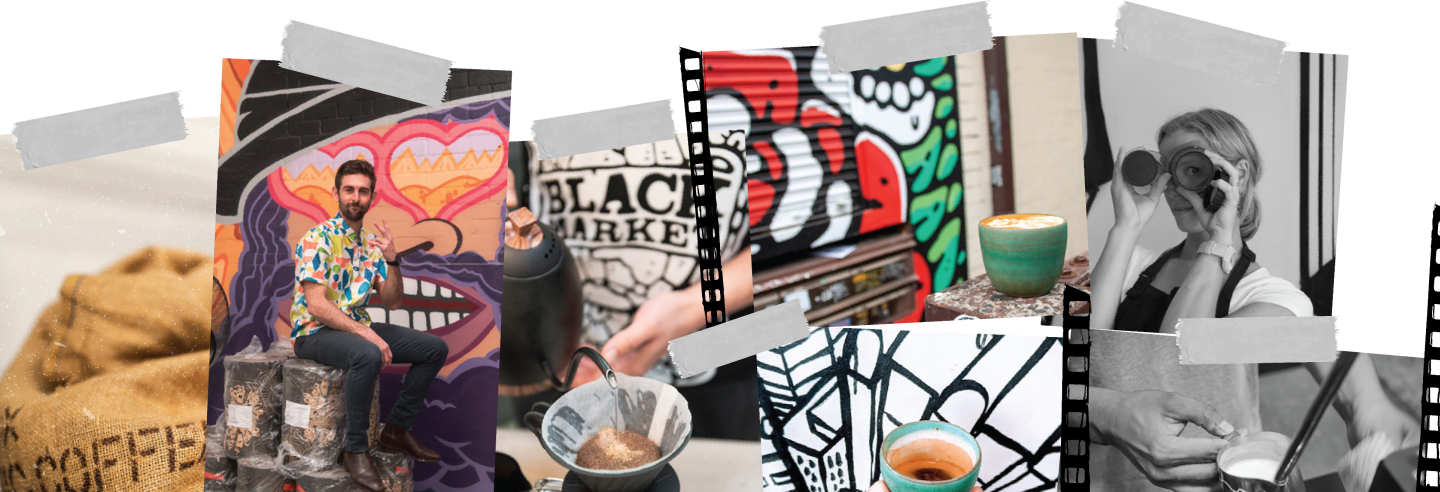
Everything you know about taste is wrong!
EVERYTHING YOU KNOW ABOUT TASTE IS WRONG
Just kidding. You probably know quite a bit, but the title ‘Making Sense of Coffee’ wasn’t working. I’m not a dad and have no place making puns like that.
I’m currently reading Bill Bryson’s ‘The Body’. It dives into the pop science of all our bits and pieces, and it’s truly incredible. It’s like when the class takes an excursion through Arnold’s digestive system when he accidentally swallows the Magic `School Bus in the childrens book, ‘The Magic School Bus’ but for grown ups. It gives our squidgy bodies the same reverence as an astrophysicist studying the galaxies. It makes me question the adage that we are more than the sum of our parts, because from the three chapters I’ve read, our parts are pretty cool. I am not.
I’ve just finished reading the part about the senses and we are complex little critters! Our innards and outtards, are made up of complex systems and mechanics which help us to perceive, survive, and enjoy the world we live in. And because everyone here likes coffee quite a bit, I think if we understand how we perceive coffee, we can cultivate our craft to bring even more enjoyment through coffee for ourselves, and those we make it for.
So, about your tongue. It detects taste (you know this) through thousands of taste receptor cells found in clumps called taste buds or papillae (do not image search this), and can identify but a few basic tastes: salty, sour, bitter, sweet and umami. And a science update, as Bill tells me, they do not form separate zones to distinguish between sweet, sour, bitter, and salty as once thought. This makes me feel better about mapping out our flavour zones in year seven science, and me just making wild guesses/copying what Chelsea wrote. It’s also suggested that our tongues have specific receptors for metal, water, fat, and kokumi, another Japanese term meaning full bodied. Genius.
If we were to drink coffee relying on the tongue alone, it would create a very basic profile. A more nuanced picture would require all the senses combined, but identifying these flavours is helpful nonetheless. It’s the onion, garlic and stock of soup, the egg, sugar, and butter of sponge, the bass guitar of punk (but not of funk).
Get back to the science lab, or behind the coffee machine, whichever you have access to, and conduct some experiments. To taste coffee without the pesky scent molecules getting in the way and bewildering your judgement, try pinching your nose while you drink. What are you tasting? Sweet? Right on! Or bitter, sour, salty, umami? Is it watery, metallic or full bodied? Getting your head around these can help you assess how to adjust your coffee recipe, how to appreciate the inherent flavour profile of the beans, and also how to describe coffee simply without getting anxious that you said it tasted like late harvest winter elderberries but maybe it was actually southern rambutan crushed praline. Chill out! It was sweet and medium bodied – and tasted delicious. Good job tongue.
Be The first to know about new digs.

